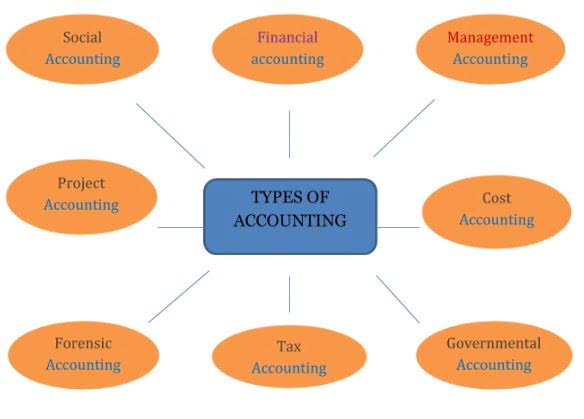
A stock dividend, also known as a bonus share, is a distribution of additional shares to existing shareholders of a company. This distribution is made by the company using its retained earnings or accumulated profits. The number of additional shares received by each shareholder is proportional to their existing holdings. For example, if a company declares a 10% stock dividend and an investor owns 100 shares, they will receive an additional 10 shares.

Stock Dividends
- One concern is the potential for increased volatility in the stock price.
- When the market price per share is too high, investors may lose interest because it is most economical to purchase stock in round lots of 100.
- This is because it results in the transfer of the part of retained earnings to paid-up capital.
- Stock splits might reduce the perceived price per share, potentially attracting more retail investors but causing increased market volatility.
- Understanding how these work will help us better manage and grow our investment portfolios.
- For example, if a firm’s stock is currently selling for $240 and the firm splits its stock 4 for 1, the price per share will fall to around $60.
Further, the issue of bonus shares is announced in a specific ratio. The management of the unearned revenue corporation intends to distribute a 20% equity dividend. As a result, a shareholder who has 100 shares will also receive 20 more shares. A stock split is performed because a company’s stock is outperforming the company’s goals. Founded in 1993, The Motley Fool is a financial services company dedicated to making the world smarter, happier, and richer.

Are there any common methods of accounting for stock splits that I should be aware of?

Our platform features differences and comparisons, which are well-researched, unbiased, and free to access. While both strategies can be effective, their implications and the resulting market perceptions can support distinct investment goals. Find our complete guide on all the dates that an investor should know when he is dividend investing here.
Dividends and Stock Splits
- A stock split is a way for companies to increase their number of shares while decreasing the price of each individual share.
- When a dividend is issued in the form of additional stock as opposed to cash, it is known as a stock dividend.
- There is no effect on the par value per share, but with the issue of additional shares, the total number of outstanding shares increases.
- Let’s say a corporation declares a cash dividend of $0.25 per share.
- Therefore, a stock dividend and a stock split both dilute the stock’s price.
After a reverse stock split the amount of shares each investor owns is reduced, but the price of the stock is raised. The dividend will generally be paid out for the newly created shares stock split vs stock dividend when the stock split occurs before a dividend record date except the dividend will likely be split compared to previous periods. A stock split is an action taken by a company to divide its existing shares into multiple shares.
- For example, if an investor has 100 shares of a $50 stock, his investment totals $5,000.
- By the time the stock split is done, the quantity of shares in the firm tends to rise.
- The corporation is planning to have a two-for-one stock split on Dec. 6.
- Shareholders still receive the same dividend payout they would have received before the stock split.
- Further, the issue of bonus shares is announced in a specific ratio.
- A holder of 100 shares before the split will hold 200 shares at $50 per share after the split if a stock is trading at $100 per share and the company initiates a two-for-one stock split.
What happens to the share price?
A stock Airbnb Accounting and Bookkeeping split can be a positive signal that the company is growing, doing well, and has confidence in its future growth. It often happens after a period of significant stock price appreciation. As a result, the corporation reduces the par value of its stock from $15 to $5 and increases the number of shares issued and outstanding from 50,000 to 150,000. The end result is a doubling, tripling, or quadrupling of the number of outstanding shares and a corresponding decrease in the market price per share of the stock.
